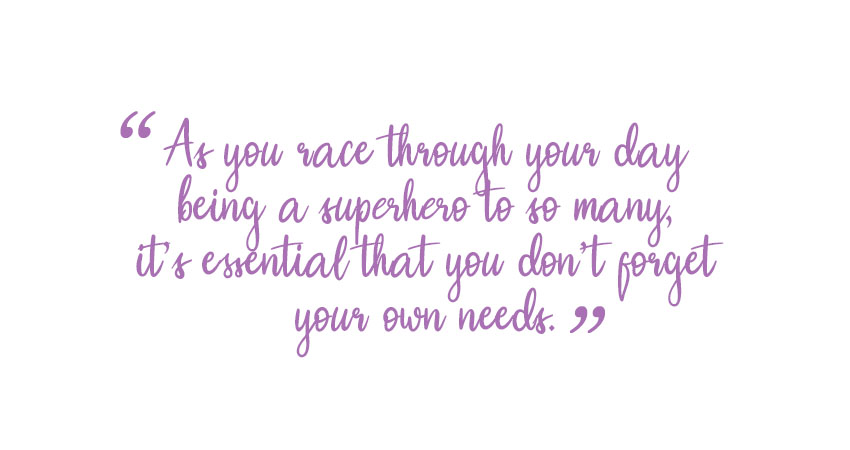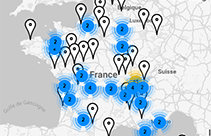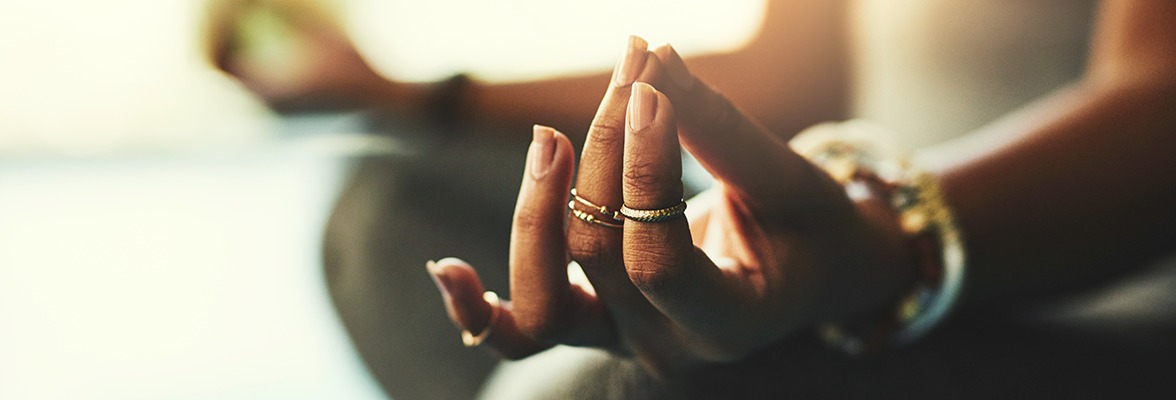Have you ever taken a moment to think of where you focus your attention most of the time and what might be influencing your attention? And if you were to locate the centre that controls your attention in your body, would you locate it in your brain or in your gut?
Fortunately, there is a simple way to reconnect and rebalance. An uncomplicated exercise we can perform daily with little effort to unlock the centeredness that exists in all of us.
When you hear of someone being described as centred, it usually means that their physical and mental states are balanced. In eastern philosophies, this ‘centeredness’ is at the heart of well-being practices. In Chinese Qigong, it is known as the Dantian, and in Japanese culture, it’s called Hara.
What is ‘Hara’?
In Japanese, Hara literally means ‘soft belly’ or ‘lower abdomen’. According to the Japanese, our Hara is located below our navel and a little way into our body, so that it is situated halfway between our feet and our head. Additionally, all the major muscle groups are said to cross through our Hara from the front and back of our body.
Physically, our Hara is considered to be our centre of gravity that connects us to the ground and our source of internal energy. It therefore represents the natural place to focus on in order to maintain or restore our balance.
If you’ve ever practised yoga or meditation or had acupuncture, osteopathy or shiatsu, then you’ve already been in contact with your Hara. Today, both eastern and western mind and body approaches focus on the Hara through deep abdominal breathing, which can help us feel grounded and centred, more energised and able to stay calm during busy times.
Best of all, it’s easy to get started. If you have never tried abdominal breathing before, it is simply a matter of taking the time to focus on your Hara while breathing into your lower abdomen.
- Find a place to sit comfortably and concentrate your mind on the area about three finger-widths below your navel.
- As you inhale into your lower abdomen, allow your diaphragm to expand. Feel your breath filling the depths of your belly. It might help to place your hands over your navel as you breathe.
- Exhale, drawing in your belly and feeling the energy permeate your body. You may notice the effects within the first minute.
Remember:
– Don’t worry if your mind wanders – it’s quite normal. Gently bring your mind back to your Hara point
– Engaging with your Hara first thing in the morning after you wake or just before you go to sleep can be the ideal introduction and conclusion to your day
– Or practice this deep breathing technique for a few minutes anywhere you find yourself and at any time – from public transport to the public park. It’s the perfect antidote to a stressful meeting or commute. Knowing you can get in touch with your Hara in just 3 or 4 breaths when you need it is both comforting and empowering

As you race through your day being a superhero to so many, it’s essential that you don’t forget your own needs. Whenever you become aware of those moments when you get distracted and feel off-centre, take a few minutes to focus on your Hara and practise that abdominal breathing. Maintaining a strong connection with your Hara can ensure you remain at one with yourself. So remember to stay aware of your lower belly to help you keep rooted and centred in all situations.
—
REFERENCES:
http://www.acupuncturecollege.edu/blog/hara-source-life-and-navel-gate-spirit
https://tricycle.org/magazine/hara-breathing-meditation/
http://institutezenleadership.org/wp-content/uploads/2015/12/Hara-Breathing-Exercise.pdf
https://hbr.org/2018/03/to-control-your-life-control-what-you-pay-attention-to
https://scottjeffrey.com/center-yourself/
http://www.academia.edu/13921006/Acting_from_the_Hara_-_The_Enteric_Nervous_System
https://books.google.fr/books?id=8pQIhsMrVRgC&pg=PA31&lpg=PA31&dq=hara+power+centredness&source=bl&ots=xXKZIEYUV9&sig=ACfU3U3yTXsyu_nc4H8AVVJ_r7blyUNqYw&hl=fr&sa=X&ved=2ahUKEwjNsPSwlITgAhUGKlAKHfUzCTIQ6AEwAXoECAgQAQ#v=onepage&q=hara%20power%20centredness&f=false









